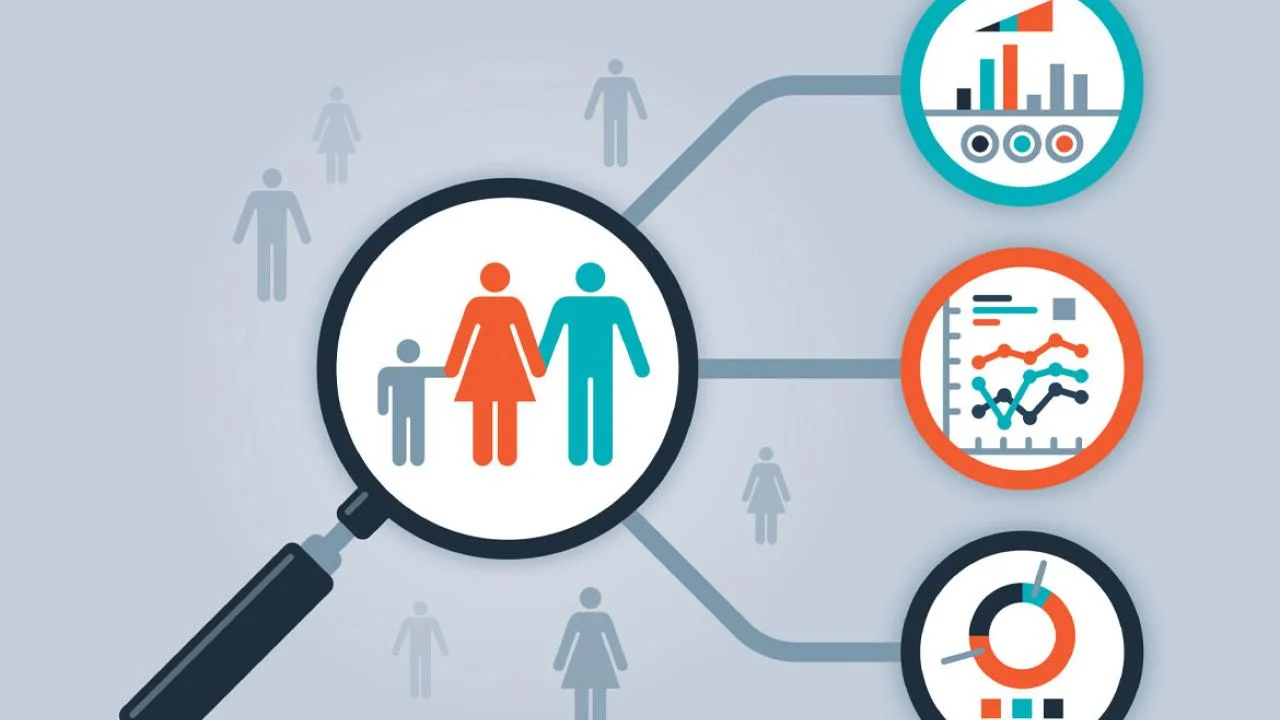Today’s healthcare market is plagued by fragmented medical records, stalled interoperability, and incomplete data pipelines that have evolved from abstract IT concerns into serious barriers threatening the delivery of scalable, knowledgeable, and safe patient care. Health institutions undergoing digital transformation while still relying on antiquated data infrastructure are putting all facets of care delivery at risk, from clinical decision-making to long-term population health management.
In this increasingly complex healthcare environment, implementing a robust population health management platform represents not a luxury but the essential cornerstone for achieving end-to-end health ecosystem integration, enabling AI-powered insights, and supporting real-time clinical decisions that improve patient outcomes.
The Silent Danger: The Disjointed Data Infrastructure in Healthcare
This is not about data but the dependent insights. The majority of health systems currently have an abundance of data, ranging from wearables to clinical, SDoH, and claims. However, it is practically hard to integrate, trust, or act on such information in real-time due to fragmented systems and old design.
The majority of health systems face the following challenges:
- There are distinct silos for clinical and claims data.
- Clinical processes frequently never get patient-reported outcomes, social determinants (SDoH), or remote data.
- It is impossible to create a true longitudinal patient record.
- Because the underlying data is outdated or insufficient, AI models are unreliable.
- At the point of care, crucial insights are either overlooked completely or delayed.
The outcome? A never-ending game of catch-up, expensive gaps, and inconsistent care.
What A Real Pop Health Platform Should Offer
Analytics dashboards and high-level indicators are just the tip of the iceberg for legacy pop health tools. A contemporary digital health platform, on the other hand, blends seamlessly with care operations.
Important must-have skills include:
| Feature | Why It Matters |
| Data Fabric Architecture | Automates pipelines and ensures high integrity from ingestion to output |
| AI-Infused Enrichment | Brings predictive ML, NLP, and LLM insights into workflows instantly |
| FHIR Compliance | Enables smooth integration into EHRs and partner systems |
| Multi-Source Data Support | Connects clinical, claims, SDoH, device, and patient-reported data seamlessly |
| Workflow Integration | Insights are pushed directly into care delivery points |
Any population health management plan that seeks to expand, automate, and customize treatment without exhausting teams must start with this.
Read Also: The Critical Role of Whistleblowers in Safeguarding Healthcare Systems
The Health Data Management Platform Standards from Gartner
It is time to abandon outdated data integration strategies, according to the 2024 Gartner Market Guide for Health Data Management Platforms. Rather, healthcare systems ought to be in line with:
- Current data needs
- Clear mapping of the linkages between stakeholder data
- Ongoing assistance for the evolution of digital health
Platforms that can automate enrichment and assist AI throughout the whole care continuum are crucial, according to Gartner, in addition to handling intake.
“How can we collect data?” is no longer a question that healthcare CIOs and data directors ask. They want to know “how fast can we extract meaning from it & can our platform scale with us?”
Next-generation Population Health Management Platforms are essential in this situation.
What Pop Health Strategies Miss In Most Systems
When creating a Pop Health architecture, even the most well-funded health systems overlook important components:
- They are unable to provide semantic information that promotes consistency and reuse.
- Their analytics do not allow for decision-making in almost real time.
- Because of the unreliability of the data fabric, AI models are inaccurate.
- Reports about care inadequacies remain unfilled.
- No system is in place to include other datasets, such as social services or public health.
Most importantly, they do not provide clinical teams with more authority. The insights are still unactionable, disjointed, and technical.
A More Intelligent Approach: Integrating AI at the Point of Care
Dashboards are no longer the focus of contemporary population health management. The goal is to immediately integrate intelligence into the tools that teams now utilize.
Modern systems now make use of:
- Using NLP to mine clinical notes
- Hospitalization risk prediction using ML
- Prescriptive AI for the optimal course of action
- FHIR analytics that provide EMRs with insights
However, the strength of AI depends on the quality of its database. Platforms that have strong data fabrics combined with clear metadata and contextual awareness routinely perform better than static data lakes.
Interoperability’s Function in Population Health
It is not a checkbox for interoperability. It is a tactic. Platforms must be able to absorb, store, and analyze data from over 3000 sources while enabling real-time team use.
Among these sources are:
- Clinical systems and EHR
- Data on claims and reimbursements
- Results reported by patients
- RPM tools and remote devices
- Public health feeds and SDoH databases
Care teams are working with limited visibility in the absence of an interoperability layer, and AI is making assumptions based on incomplete information.
Establishing Adaptable Longitudinal Medical Records
The longitudinal patient record is the foundation of all population health initiatives. It provides you with the capacity to:
- Track long-term chronic diseases
- Recognize patterns in social risk
- Identify care gaps immediately
- Start a proactive outreach campaign
Platforms must dynamically update this data with additional insights rather than maintaining snapshots. The record must automatically contextualize and include all new data, including care plan notes and wearable readings.
Preventing AI Hallucinations: Context-Rich Data Provides Stability
While promoting AI, many digital health platforms fall short in stabilizing it. Even sophisticated models, such as LLMs and NLP tools, might yield inaccurate conclusions when the data is inconsistent.
Strong data backbone platforms steer clear of this by:
- Context preloading using semantic metadata
- Maintaining data integrity at all levels
- Directly matching AI results to clinical procedures
What is the difference? Artificial intelligence that aids in decision-making rather than creating noise.
Health Information Is A Team Activity
All parties involved, including physicians, ACOs, public health agencies, and Medicare Advantage plans, must be operating from the same data base. Organizations do not need to rewire all of their systems to implement a full digital health platform. It turns into the interoperability engine that securely and reliably links them all.
Final Thoughts
The 2024 Gartner Market Guide for Health Data Management Platforms has highlighted Persivia’s full-spectrum approach to healthcare. Persivia’s platform facilitates real-time analytics, quality enhancement, and data harmonization among many stakeholders with native AI and a strong data fabric. It provides end-to-end longitudinal care management and manages more than 3000 data sources, exactly the type of infrastructure that Gartner identified as critical.
Learn more now!
You May Also Like: Is Your Stomach Bloated? Here Are the Common Causes











